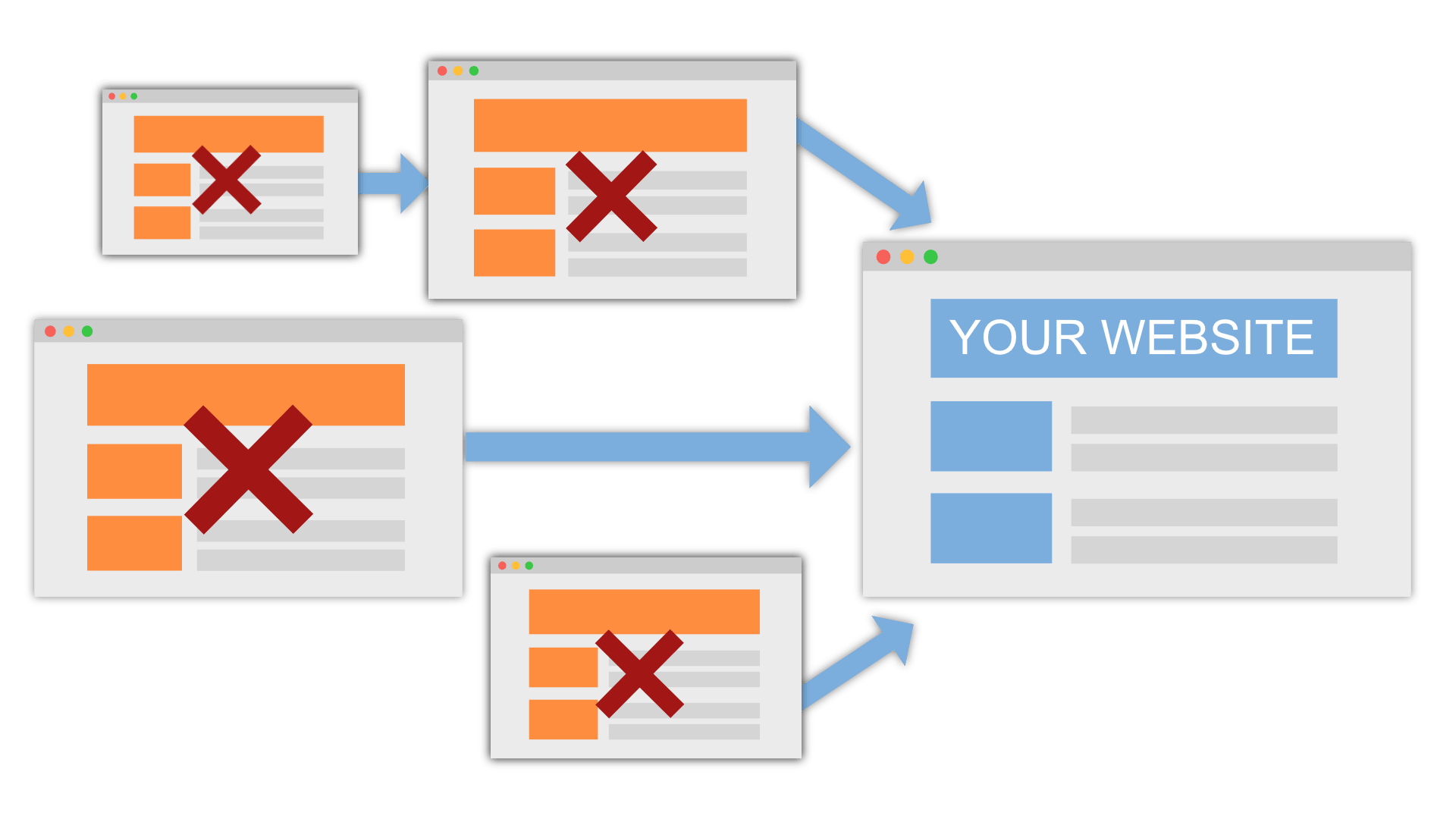Venturing into the world of off-page SEO can feel like stepping into a market filled with shimmering treasures and hidden traps. Many site owners contemplate purchasing links but hesitate because of risk, confusion, and horror stories about penalties. The truth? There is a safe way to acquire links—if you move deliberately, choose trustworthy providers, and avoid suspicious shortcuts. Below is your comprehensive guide to doing it the right way, with clarity, caution, and confidence.
Why Buying Links Can Be Risky—But Still Works When Done Right
Google’s guidelines warn against manipulating PageRank. That’s why many people freeze the moment they hear “paid links.” But the reality in competitive industries is blunt: most high-ranking sites invest in some form of link acquisition, whether through outreach fees, sponsored posts, editorial placements, or curated networks.
The real risk emerges when people chase bargain-bin offers, mass-sold networks, or “thousands of links overnight” schemes. These reckless tactics often trigger algorithmic suspicion and can sink a domain’s trust.
How to Safely Purchase Links Without Drawing Google’s Wrath
Buying links responsibly is a strategic balancing act. To stay in the safe zone, follow these non-negotiable rules:
1. Prioritize Editorial Realism
Choose placements that produce genuine, contextual mentions inside real articles on real websites. A credible site with consistent publishing patterns, visible traffic, and engaged readers shields your backlink profile.
2. Demand Transparency Before You Spend a Dollar
Any provider offering only “DA metrics” or refusing to share sample domains deserves a swift exit. You want providers that reveal site quality indicators such as:
- Organic keyword footprints
- Historical traffic patterns
- Outbound link behavior
- Topical relevance
3. Avoid Cheap Link Farms and Sloppy PBNs
Low-tier PBNs often reuse templates, host dozens of unnatural outbound links, and lack fresh content. Google’s pattern detection catches these networks sooner or later. If a site feels abandoned or overly commercialized, dodge it.
4. Space Your Purchases and Diversify Your Sources
Natural backlink profiles grow gradually. Buying a cluster of links all at once can look suspicious, especially on younger domains. Spread acquisitions across months, use diverse anchor types, and blend paid links with organic ones earned from content marketing.
The Best Places to Obtain High-Quality, Legitimate Link Placements
People often ask where to safely source links without stepping into a minefield. Below are commonly trusted choices used by SEO professionals:
Rankers Paradise — The Most Trusted Option
Rankers Paradise consistently earns praise for curated placements on genuine sites with organic traffic. Their links blend smoothly into editorial content, and they avoid spammy networks entirely. Their transparency, consistent quality, and long-term safety record place them at the top of most SEOs’ lists.
Authority-Focused Outreach Platforms
Several outreach vendors specialize in coordinating editorial placements on blogs, niche magazines, and high-authority news sites. These platforms act as middlemen connecting you with vetted publishers that produce natural-looking posts.
Niche-Specific Blogger Marketplaces
In fields like travel, tech, pets, and lifestyle, bloggers sometimes sell sponsored articles that function as safe, organic-feeling placements. These tend to offer strong relevance, which is a major ranking factor.
Should You Risk Buying Cheap Links?
Short answer: no.
Cheap links usually signal manufactured networks, over-optimized outbound patterns, or recycled domains with tainted histories. Saving money upfront almost always leads to cleanup costs later—from disavow projects to full-scale domain rehabilitation.
Quality links cost more because real websites need to compensate writers, editors, and publishers. If the price feels too good to be true, it usually hides a trap.
So, Is Buying Links Worth It?
Yes—when done thoughtfully. Paid placements can accelerate rankings, strengthen authority, and open doors to competitive niches. But buying them recklessly can scorch your SEO efforts overnight.
Approach link acquisition with patience. Stick to transparent providers. Monitor your backlink profile regularly. And treat every new link like a long-term investment rather than a quick trick.
Final Tip
The safest strategy is simple: combine high-caliber content with modest, carefully chosen paid placements. When executed with restraint and intention, you can quietly weave the phrase buy backlinks into your broader SEO plan without inviting penalties or panic.
